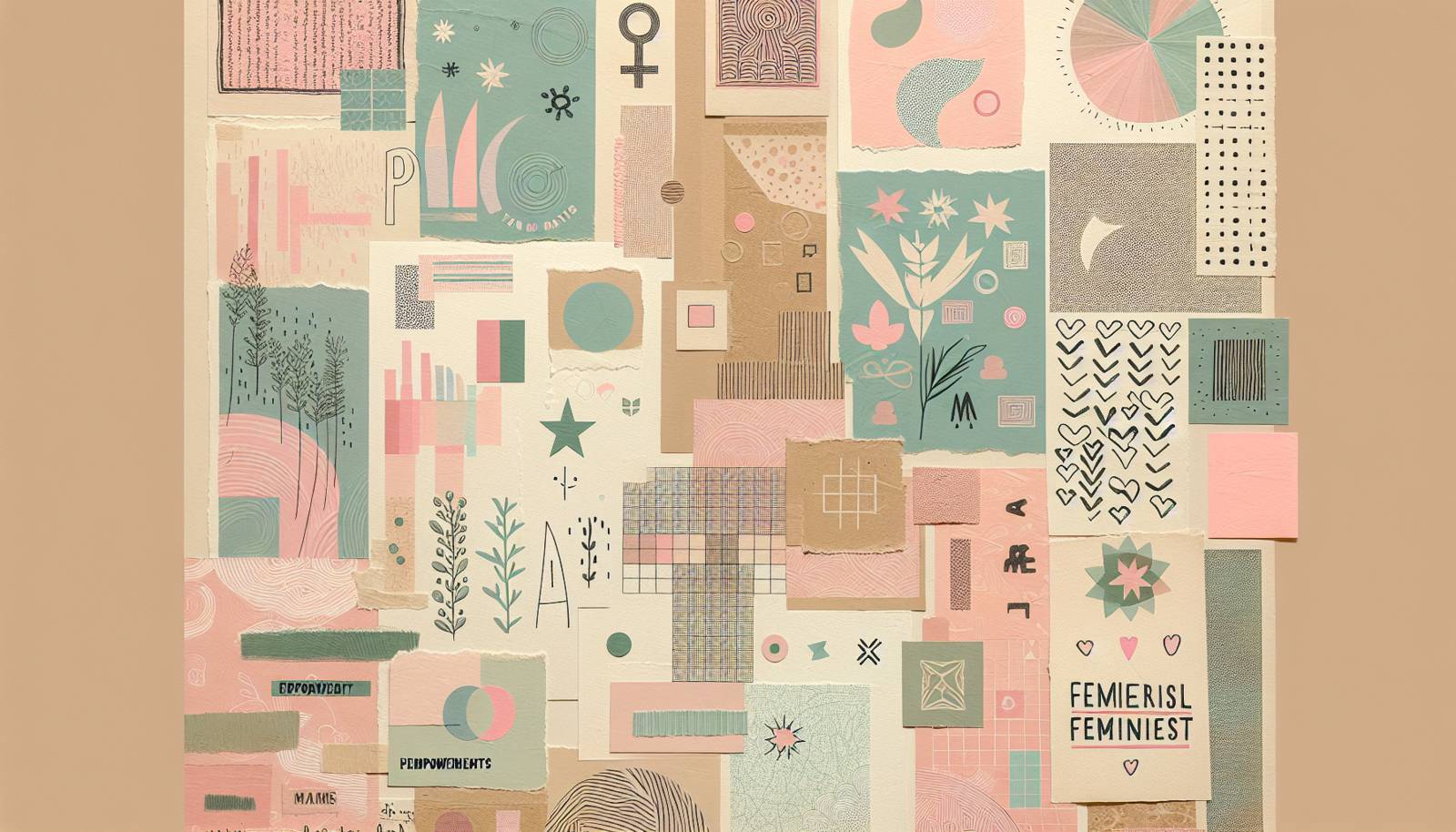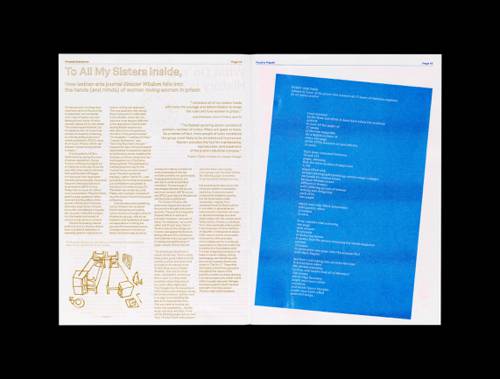
FAQ About The Influence of Feminist Zines on DIY Culture

What is a feminist zine?
A feminist zine is a self-published, small-circulation magazine that addresses feminist issues and themes. These zines are often created to explore topics related to gender equality, social justice, and empowerment, providing a platform for voices and perspectives that are often marginalized in mainstream media.

How did feminist zines contribute to the DIY culture?
Feminist zines contributed to DIY culture by promoting self-expression, creativity, and grassroots activism. They empowered individuals to produce their own media without relying on traditional publishing platforms, encouraging a sense of community and shared purpose among creators and readers alike.

When did feminist zines first become popular?
Feminist zines gained popularity in the late 20th century, particularly during the 1990s with the rise of the Riot Grrrl movement. This era saw a surge in self-publishing as women and feminists sought to create their own narratives and challenge mainstream media representations.

What are some common themes found in feminist zines?
Common themes in feminist zines include gender inequality, women's rights, body positivity, sexual health, identity, intersectionality, and critiques of patriarchy and capitalism. They often explore personal stories, political commentary, and art.

How do feminist zines differ from traditional publications?
Feminist zines differ from traditional publications in that they are often self-published, low-cost, and produced in small quantities. They prioritize content over commercial success, emphasizing authenticity, personal narrative, and grassroots outreach.

What impact have feminist zines had on feminist movements?
Feminist zines have had a significant impact on feminist movements by providing a platform for feminist discourse, facilitating community building, and encouraging activism. They help disseminate ideas and foster dialogue amongst feminists, contributing to the spread and evolution of feminist thought.

Why are zines considered an important tool for activism?
Zines are considered an important tool for activism because they allow activists to convey their messages outside of mainstream channels, often reaching audiences who might be overlooked by traditional media. Zines can communicate urgent social, political, and cultural critiques in a highly personalized and accessible format.

What role did the Riot Grrrl movement play in the zine culture?
The Riot Grrrl movement played a pivotal role in popularizing feminist zines during the 1990s. It embraced DIY ethics and self-publishing to challenge gender norms within punk and broader society, creating zines that emphasized female empowerment and political engagement.

How do feminist zines support personal expression?
Feminist zines support personal expression by providing creators with a means to share personal stories, artwork, and opinions outside conventional media constraints. They offer a safe space for self-exploration and identity formation, enabling contributors to express dissent, celebrate diversity, and document personal and collective experiences.

Can anyone create a feminist zine?
Yes, anyone with a desire to express feminist ideas can create a feminist zine. The DIY nature of zines means that they do not require professional publishing experience or resources, making them accessible for writers, artists, and activists from various backgrounds.

How has technology influenced the distribution of feminist zines?
Technology has greatly influenced the distribution of feminist zines by facilitating digital production and dissemination. Online platforms, social media, and digital printing have widened the reach of zines, allowing them to be accessed by a global audience and preserving them in digital archives for future generations.

What are some ways to get involved with feminist zines today?
To get involved with feminist zines today, you can start your own zine, contribute to existing zines, participate in zine festivals, or join online communities that focus on feminist topics. There are numerous workshops, online resources, and collaborations that welcome new voices and perspectives.

Are feminist zines still relevant in today's digital age?
Yes, feminist zines remain relevant in today’s digital age as they continue to provide a platform for underrepresented voices and foster a sense of community among feminists. Despite digital advancements, the tangible, personal nature of zines offers a unique way to engage with content that resonates authentically with audiences.

How can feminist zines be used in educational settings?
Feminist zines can be used in educational settings to teach students about grassroots movements, media literacy, and feminist history. They serve as primary sources that reflect cultural contexts and offer diverse perspectives not typically found in textbooks. They also encourage creativity and critical thinking in students.

What are some challenges faced by creators of feminist zines?
Creators of feminist zines often encounter challenges such as limited financial resources, difficulty in reaching broader audiences, and the balancing act of managing time and labor alongside their passion projects. Additionally, they may face censorship or pushback from readers who disagree with their views.

Can feminist zines be considered a form of art?
Yes, feminist zines can be considered a form of art as they often include illustrations, collages, and unique design elements that reflect the creator's aesthetic and message. They blur the lines between art, writing, and activism, offering a vibrant canvas for artistic expression within a feminist framework.

What is the significance of the DIY ethos in the creation of feminist zines?
The DIY ethos is significant in the creation of feminist zines as it underscores independence, creativity, and resistance to mainstream publishing constraints. This ethos empowers individuals to produce and share their content freely, challenging corporate control over media production and promoting self-reliance and innovation.

How do intersectionality and feminist zines intersect?
Intersectionality in feminist zines involves addressing the ways in which various forms of discrimination overlap and intersect, such as race, gender, class, and sexuality. Zines highlighting intersectionality offer insights into how different identities experience oppression uniquely and collectively, enriching the narrative of feminism.

How did feminist zines influence mainstream media?
Feminist zines have influenced mainstream media by challenging dominant narratives and introducing new perspectives that often filter into larger cultural and media discourses. They have helped diversify media content by pushing for more inclusive representations of gender, sexuality, and race, ultimately impacting how these issues are portrayed in mainstream outlets.
